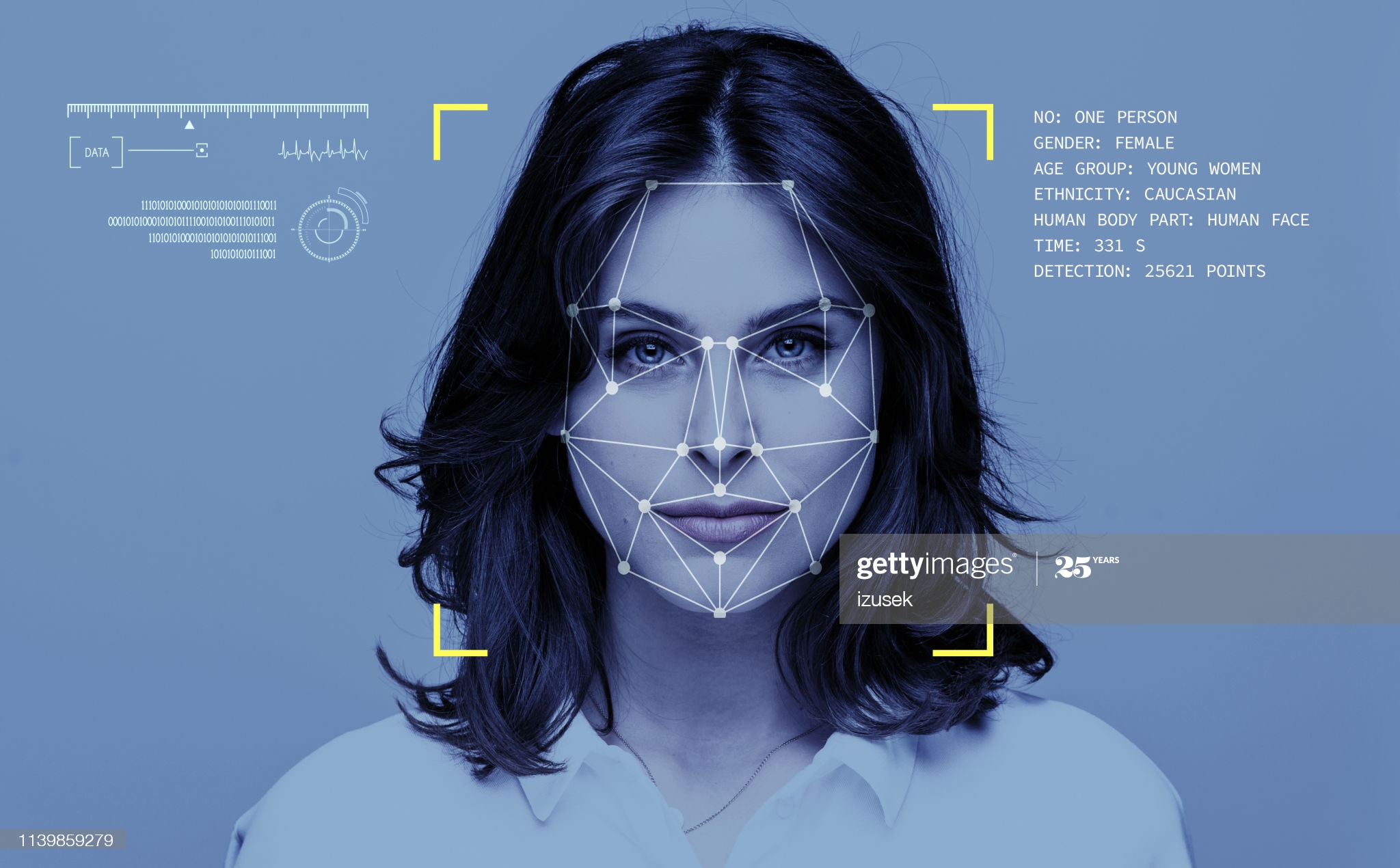November 20th, 2020 by Behartheja Thondapi
Lookalike analysis is a method of digital advertising. When marketing through advertisements techniques,
lookalike analysis uses device identifiers to give a better list of who to market through. After putting the
set of ID’s, the importance of this first step is to distinguish from the super users, who have a high number of
transactions, versus normal users, who have a lower number of transactions.
Another purpose of the ID’s is to
identify the characteristics of the “super users” and distinguish from other users this way. The method to
distinguish the differences is known as feature vectors. The idea behind feature vectors is to identify the type of
device, the time of day they are active, the type of ads the specific users respond to, and broad locations of the
users. Using these characteristics the model sort of draws similarities between the positive set and similarities
between the negative set. After this step is taken it then distinguishes the differences between the two different
types of users. This gives the ability to split the sets and calculate the distance between the two.
Conclusions
like their interests in sports and their whereabouts can be drawn from the model training process. After this step
positive and negative users are taken out and take the best match for the users leftover then market to them.
Because these users are the users you want to market to in order to get the best results. This model is not
effective given the sample size of a 100 customers. Because that gives differences that are not significant.
So this model is only truly helpful when there is a bigger set of users to draw similarities and differences from.

